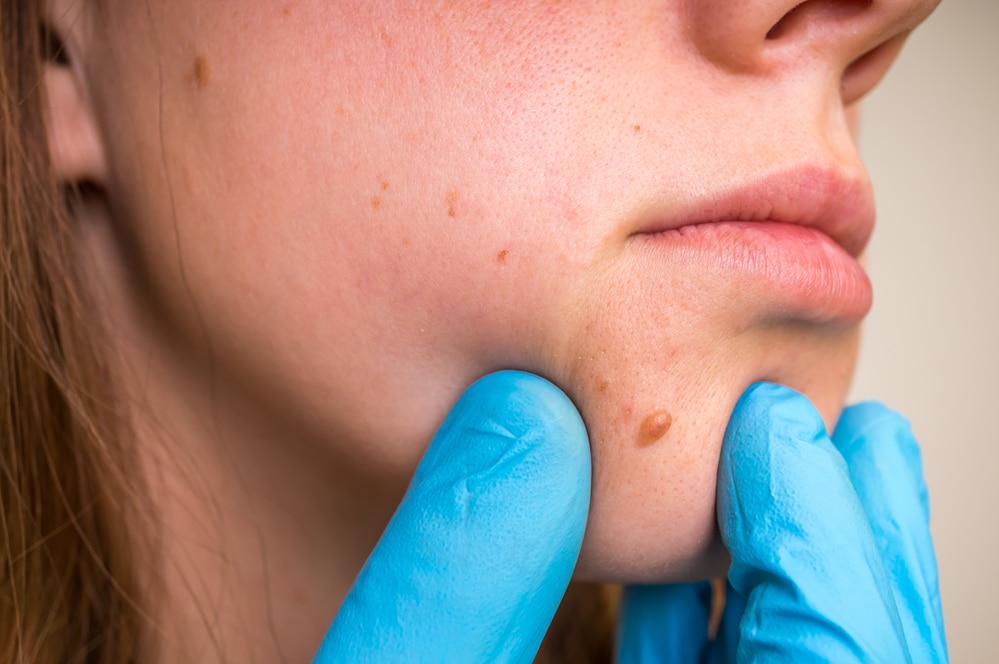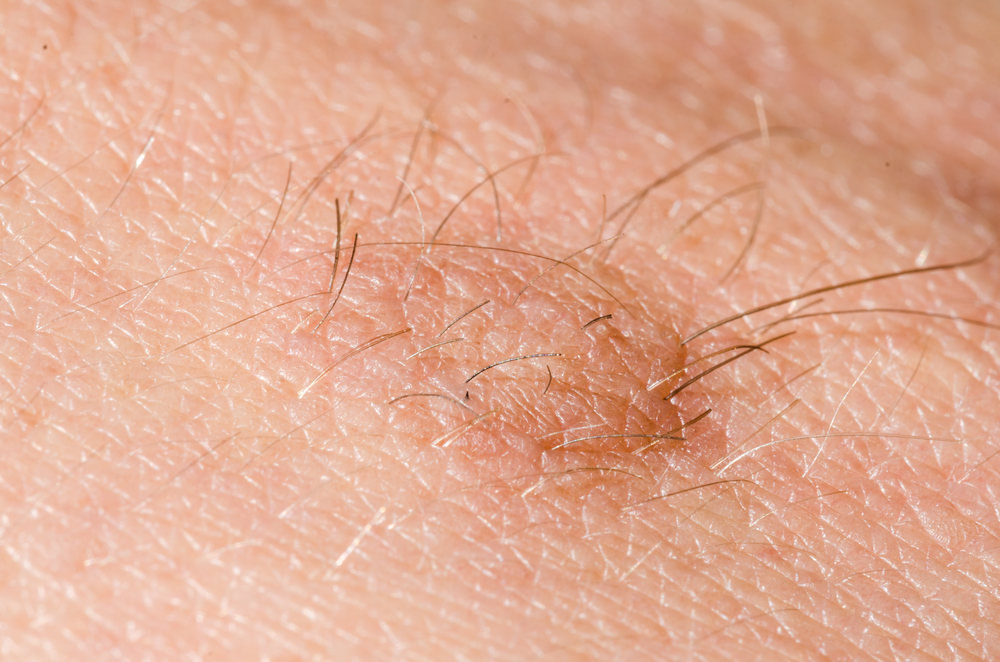
PICTURES OF SKIN TAGS ON FOREHEAD SKIN
While they can appear anywhere on the body, the most common areas to see skin tags are the face and back. Skin tags are painless, though it’s possible for them to catch on your clothing, jewelry, or even on a nail while scratching, which may cause discomfort. However, “these individuals are rare and do not represent most of the population.” Some people have genetic malformations that cause an increased predisposition to developing skin tags, Zuriarrain says. An estimated 50% to 60% of adults will develop at least once skin tag, but it’s more common for them to appear in someone’s 40s or later. Acrochordons, are 1 to 5 millimeter growths made up of fast-growing skin cells that group together and protrude from the surrounding skin. It is important to check your skin regularly and check with your doctor if you notice any changes.Ĭall healthdirect on 1800 022 222 at any time to speak to a registered nurse (known as NURSE-ON-CALL in Victoria) for more information and advice.Skin tags are painless but may get caught in jewelry or clothing. The Cancer Council factsheet on skin cancer outlines signs and symptoms, causes and treatment. The Australasian College of Dermatologists provides information about the symptoms, causes and removal of skin tags. You can, however, reduce your chances of getting skin tags by maintaining a healthy body weight with a balanced diet and exercise. It's not a good idea to try to remove skin tags by yourself since they can bleed heavily or get infected. burning them with electrical energy (hyfrecation)ĭepending on where the skin tag is on your body, your doctor may refer you to a dermatologist (skin doctor) to have it removed.cutting them off with surgical scissors or a scalpel (excision).freezing them with liquid nitrogen (cryotherapy).If you decide to have a skin tag removed - for example, because it is bothering you or you don't like its appearance - talk to your doctor. Skin tags can sometimes drop off by themselves over time. There is no medical need to remove a skin tag. In most cases, you won't need medical tests or scans. Your doctor will diagnose skin tags by asking you some questions and examining your skin. Your doctor can give you information about skin tag removal options.įIND A HEALTH SERVICE - The Service Finder can help you find doctors, pharmacies, hospitals and other health services. You should also see your doctor if you have a skin tag that is bothering you, if you would like to have it removed. It is important that your doctor examines you in person, and checks for signs of skin cancer and other skin conditions. If you ever notice a new spot or growth on your skin, you should always see your doctor to check what it is.

If you're pregnant and develop skin tags, they usually disappear after your baby is born. Some health conditions are through to contribute to the risk of developing skin tags, such as:Īnyone of any gender can develop skin tags, and they are more common in older people. You are more likely to get skin tags in areas where the skin tends to rub against itself.

Some people develop them for no known reason.

The exact cause of skin tags is unknown, and there are likely to be both lifestyle and genetic causes. Warts tend to be flat, while skin tags hang off the skin. Skin tags look different from warts and other benign skin lesions because of the small stalk that attaches them to the skin. Skin tags are small harmless growths on the skin and are usually less than 1cm in size. They usually grow in the folds of the skin, where skin rubs together, such as, armpits, groin, anus, thighs, eyelids, neck or under the breasts. They range from 1mm to 1cm and are made of collagen (a type of protein) and blood vessels surrounded by skin. Skin tags are growths that hang from your skin - your doctor might call them 'acrochordons'.


 0 kommentar(er)
0 kommentar(er)
